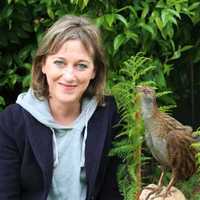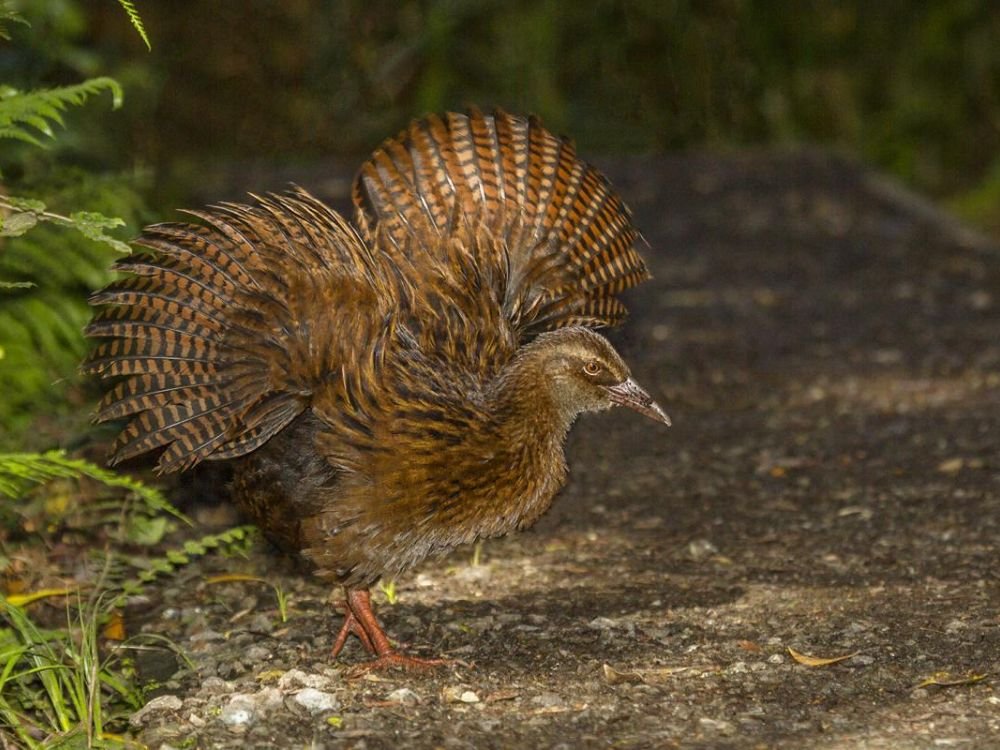- Conservation status
- In some trouble
This cheeky character poops its body weight in a day. They are omnivorous, with about 30% of their diet made up of invertebrates and other animals, and the remainder of fruit. This allows them to assist with seed dispersal in the forest margins, particularly helping plants like the hīnau, whose fallen fruit is eaten by the flightless birds.
Campaign Manager
Fiona Powell

I once shared an island with 102 weka, and I’ve been campaigning for them ever since. These bold, flightless birds may be known for their thieving tendencies, but they also play a crucial ecological role: pest control, seed dispersal and natural tourism ambassadors.
Weka face real challenges. They're misunderstood, misrepresented and missing from many conservation conversations. Meanwhile, flashier flightless birds hog the headlines (looking at you kākāpō). Let’s change the story. Vote weka – the bird that works hard, plays hard and deserves your number one spot. #VoteWeka
- Share your vote
